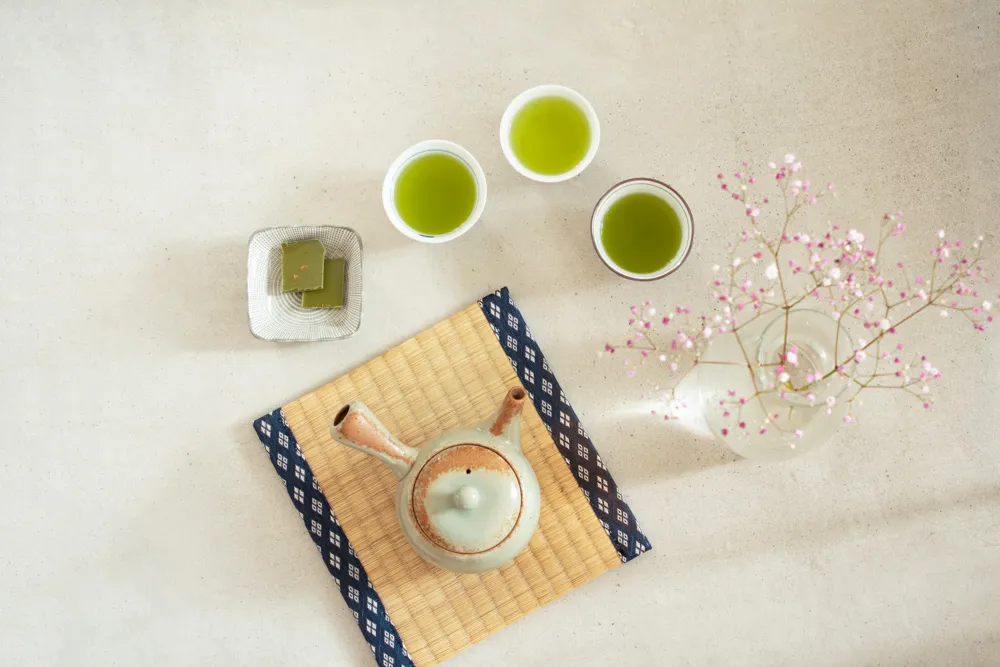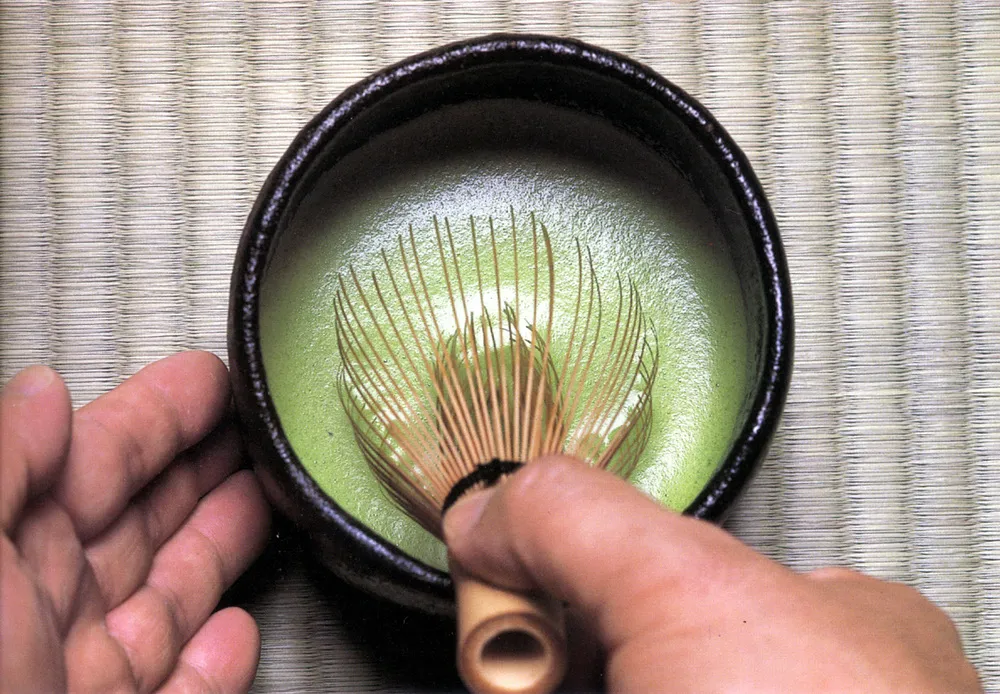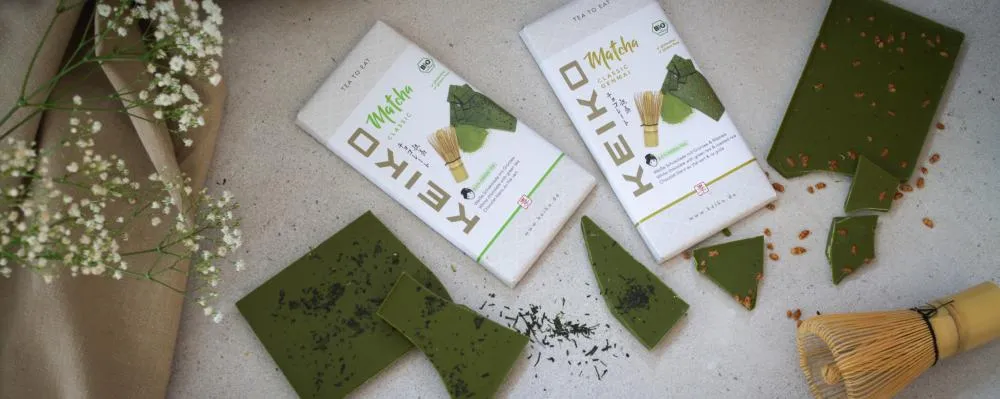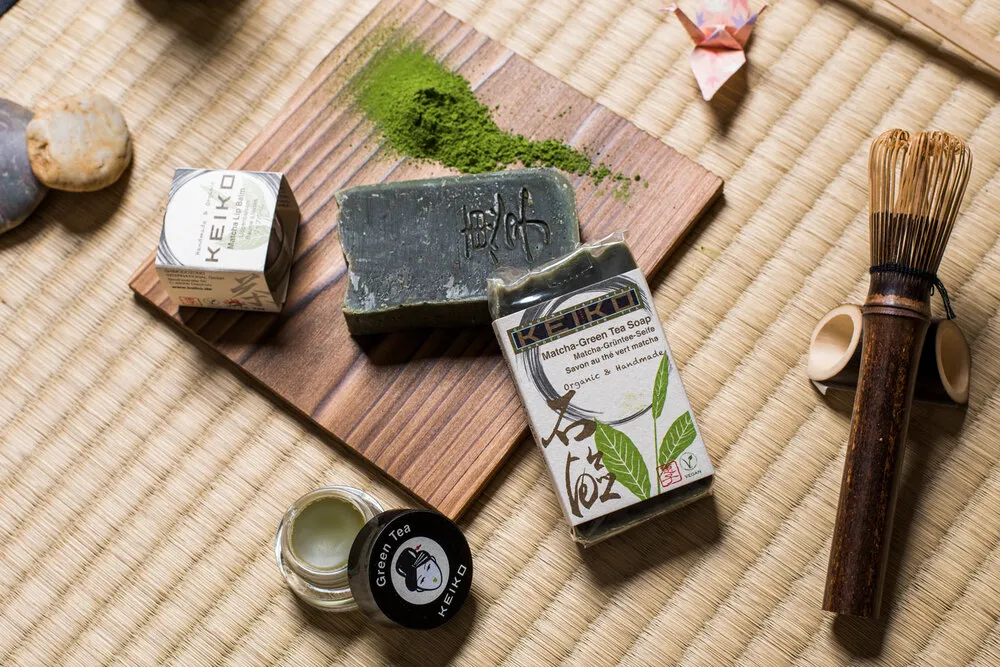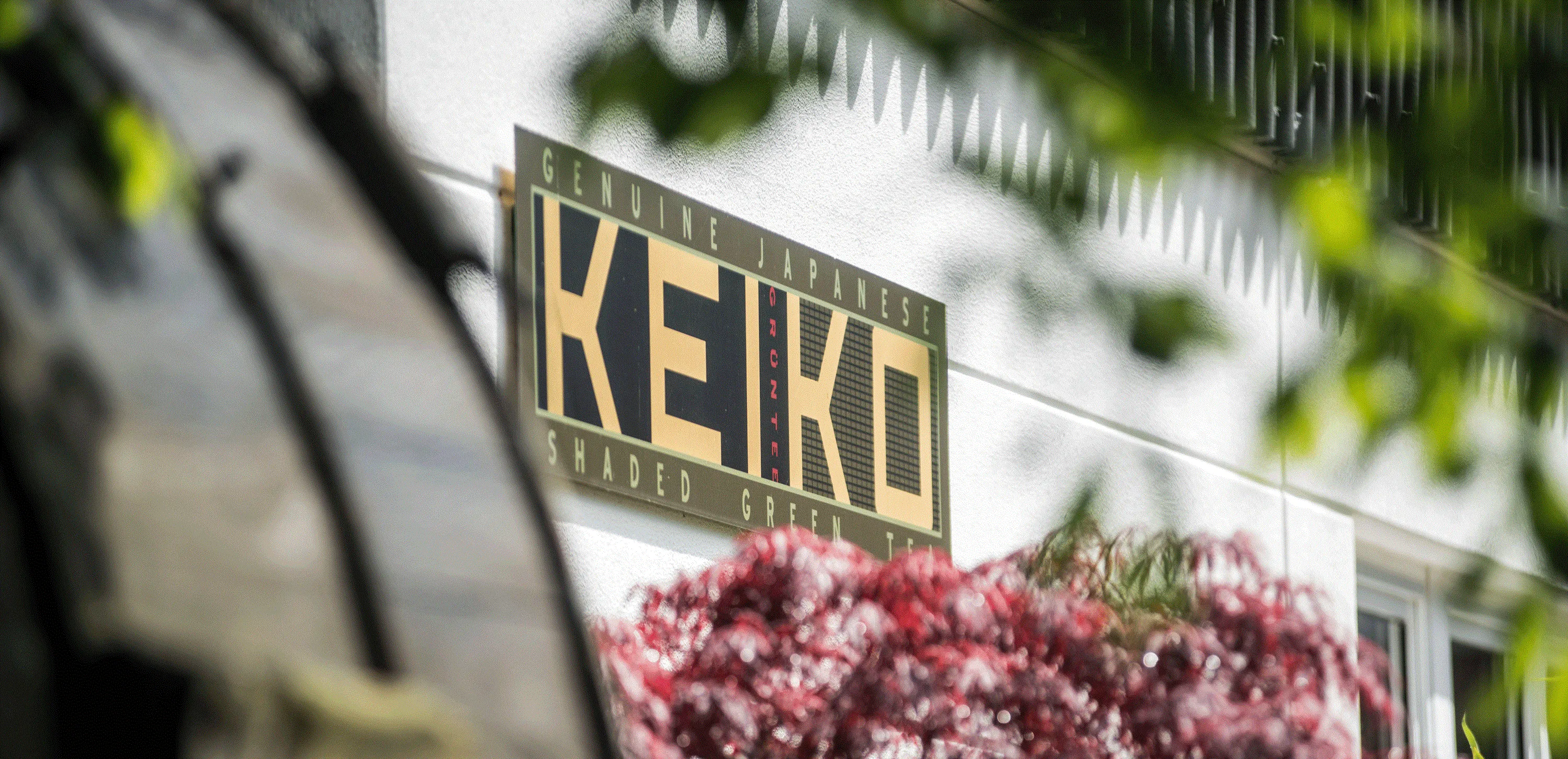Grean tea processing
Green tea and black tea come from the same plant, but black tea undergoes fermentation while green tea is heated to prevent this process. In China, the tea is traditionally roasted in pans, while in Japan, a gentle steaming process is used to preserve the tea's antioxidant properties.
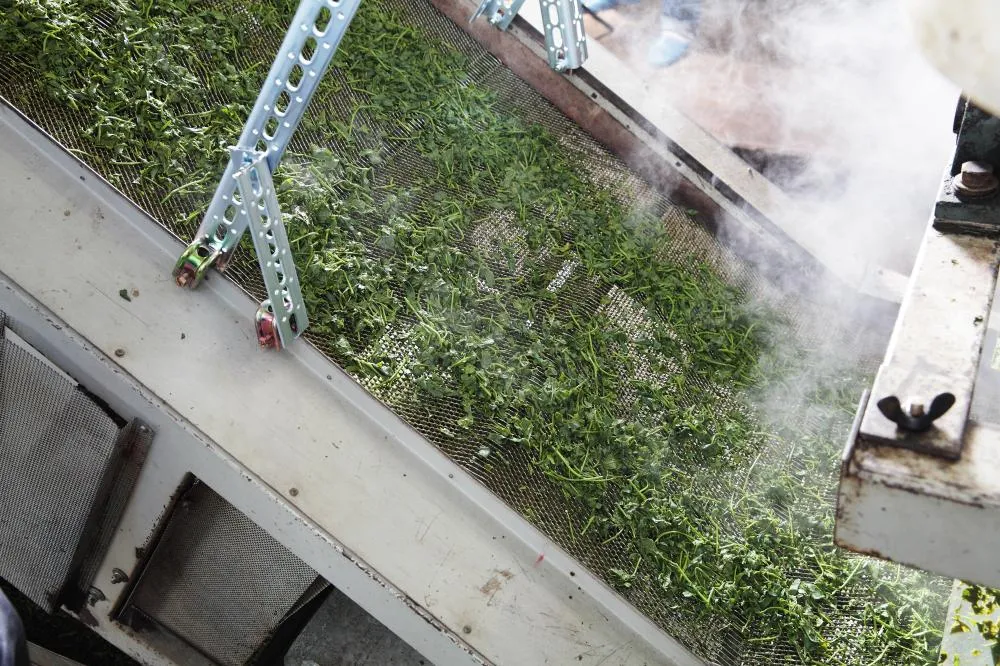
From the field to the steamer in minutes
As is customary in Japan, KEIKO teas are steamed (these steamed Japanese Teas are known as Sencha). The majority of them are actually Fukamushi-cha, a variation of Sencha which is steamed even more intensively. In the course of the steaming process the pores of the leaves open, so that the extract is increased when the tea is infused. You can usually recognize a Fukamushi-cha by its color. It will be a strong green color and cloudy instead of the clear light green or even yellowish cup of regular Sencha.
The tea leaves should be as fresh as possible when steamed – the entire initial processing up to the stage of Aracha is therefore conducted directly beside the tea gardens on the Shimodozono Biofarm.
In contrast to the Japanese Sencha-method most Chinese green teas are roasted in large pans over a longer time (pan-fired) – which creates a different aroma and unfortunately leads to a decline in many of the most valuable ingredients of the fresh leaf.
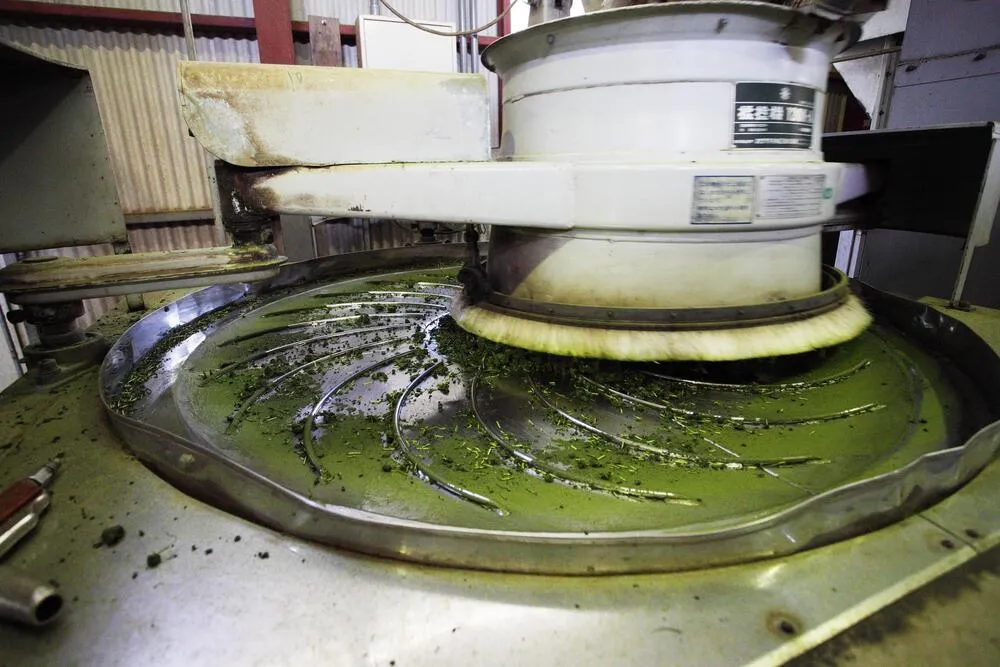
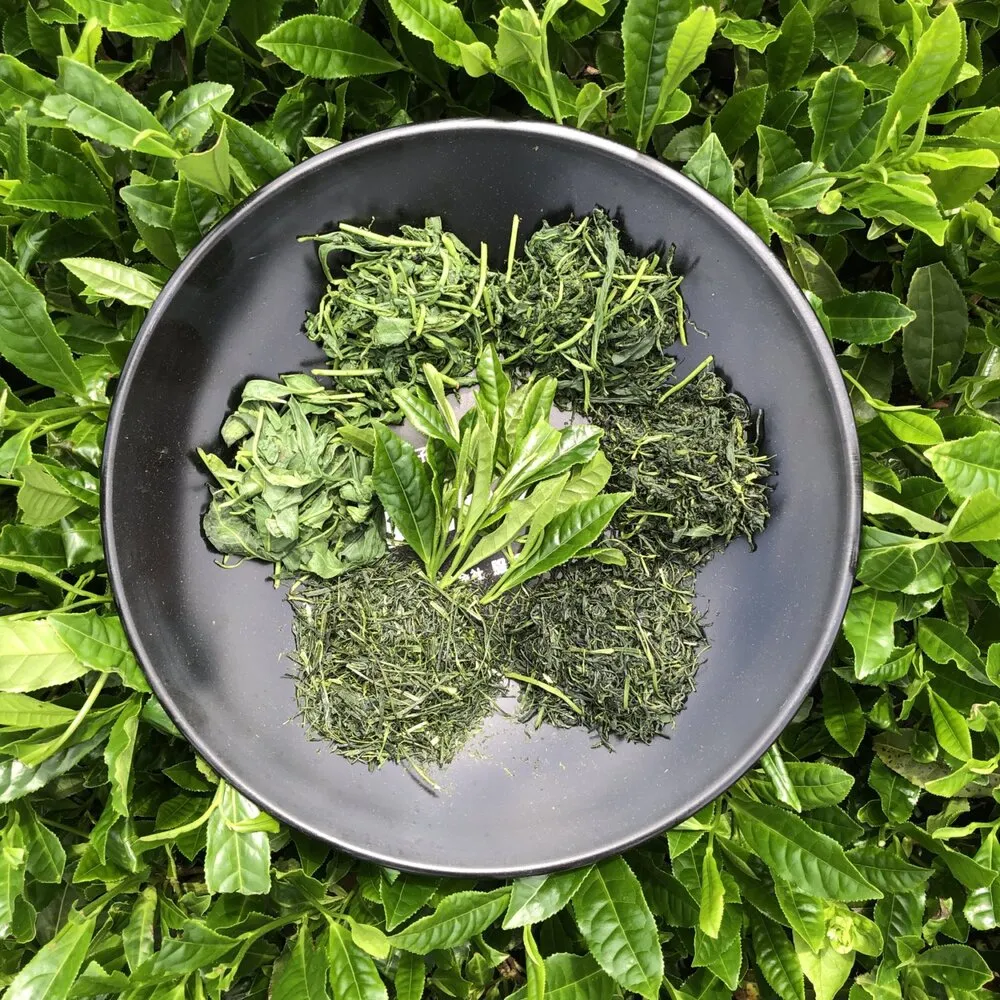
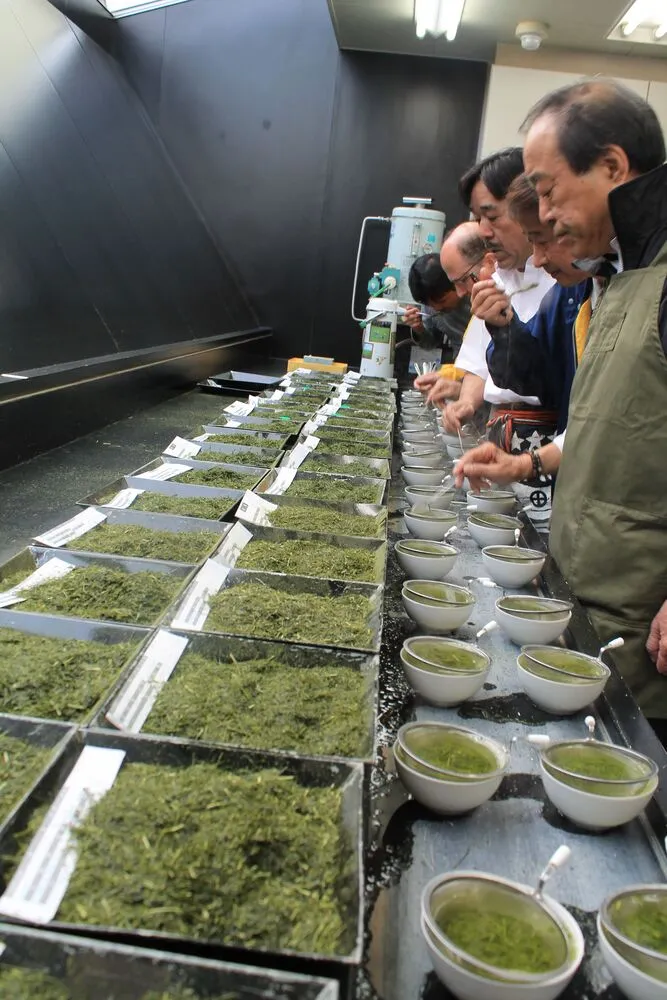
Expertise is key for Shimodozono Tea Tasters
After the initial processing of steaming, rolling, pressing and drying the tea is presented to the tea tasters. These tea tasters decide for each new production, which Aracha-LOTs are blended in what combination and ratio to achieve the desired flavor. The tasters assess first the fragrance, color and texture of the dry leaves and then the aroma of the infusion. Only because of the long period of intensive sensory training and practice of our tea tasters can we guarantee a reliably high quality level and a consistent taste for each of the KEIKO teas.
Years of experience and intensive sensory training of the tasters guarantee the reliably high quality of KEIKO teas. After the classification the Aracha is either directly processed to become Shincha or stored in cooling for later usage. Aracha-Type tea (Ara-Shiage) is sifted and sorted, but not or for better durability only slightly dried.


